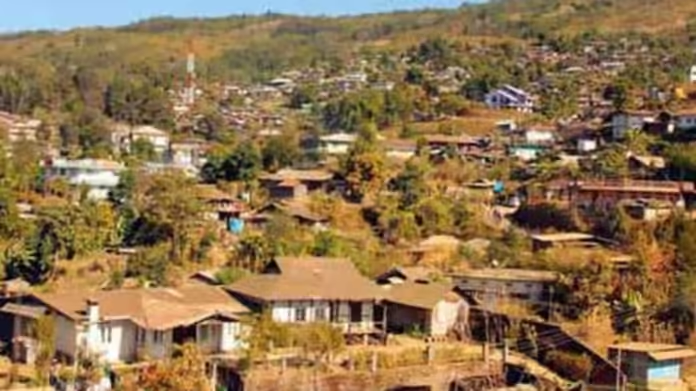In a landmark decision, the Nagaland Cabinet has approved the creation of Meluri as the 17th district of the state, bifurcating the existing Phek district. This move is aimed at addressing the long-standing demands of the Pochury community for greater administrative autonomy. The decision was made during a cabinet meeting chaired by Chief Minister Neiphiu Rio on Wednesday, signaling a major development in the region’s administrative landscape.
Background and Importance
The establishment of Meluri as a district fulfills the aspirations of the Pochury Naga tribe, who have long sought recognition and autonomy within Nagaland. Power and Parliamentary Affairs Minister, KG Kenye, emphasized that the creation of the new district is a testament to the state government’s commitment to equitable development across all regions. The new administrative unit will facilitate better governance and promote the welfare of the Pochury community, aligning with the broader goals of regional development.
Details of the New District
Meluri, now recognized as Nagaland’s 17th district, encompasses an area of 1,011 square kilometers. It consists of 31 recognized villages and four administrative headquarters, which will enhance administrative efficiency and accessibility for the local population. This restructuring marks the fifth new district created in Nagaland within the last three years, highlighting the government’s proactive approach to meet the administrative needs of its diverse communities.
The recent trend of district creation in Nagaland began in December 2021 when the state government carved out three new districts—Tseminyu, Chumoukedima, and Niuland—from the Dimapur district. Subsequently, in January 2022, Shamator district was established through the bifurcation of Tuensang district. These changes reflect a concerted effort by the Nagaland government to decentralize administrative functions and address local needs more effectively.
Community Response and Celebration
The approval of Meluri as a new district has been met with widespread celebration among the Pochury community. The Pochury Hoho, the apex body representing the tribe, hailed the decision as a “red letter day,” signifying a historic moment for their community. They expressed gratitude towards Chief Minister Neiphiu Rio, his cabinet colleagues, and the local MLA for their steadfast support in realizing this long-awaited dream.
The creation of Meluri district is seen not only as a political milestone but also as a source of empowerment for the Pochury people, who can now expect more focused attention on their unique cultural and developmental needs. This development is anticipated to strengthen community identity and pride, fostering a greater sense of belonging among the Pochury tribe.
Political Endorsements
The decision has also garnered support from various political factions within Nagaland. The Naga People’s Front (NPF) has welcomed the state government’s move to upgrade Meluri sub-division, indicating a broader consensus on the necessity of this administrative change. Such political backing is crucial for the successful implementation of developmental initiatives that will follow the establishment of the new district.
With the establishment of Meluri as a district, the Nagaland government aims to ensure that administrative services are more accessible and tailored to the needs of the local populace. The government’s focus on equitable development signifies a commitment to addressing the unique challenges faced by different communities within the state.
In the coming months, local leaders and community representatives will likely work closely with government officials to outline developmental priorities for the new district. Enhanced infrastructure, healthcare, education, and economic opportunities will be key areas of focus to ensure that Meluri can thrive as an independent administrative entity.
The approval of Meluri as Nagaland’s 17th district marks a significant step towards fulfilling the aspirations of the Pochury community. It embodies the state government’s commitment to equitable development and effective governance. As the new district prepares to take shape, it stands as a testament to the ongoing evolution of Nagaland’s administrative framework, promising a brighter future for its diverse populations. The Meluri district is poised to be a catalyst for progress, addressing both the historical demands of the Pochury Naga tribe and the broader goals of sustainable development in the region.




